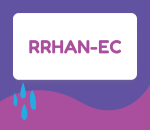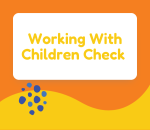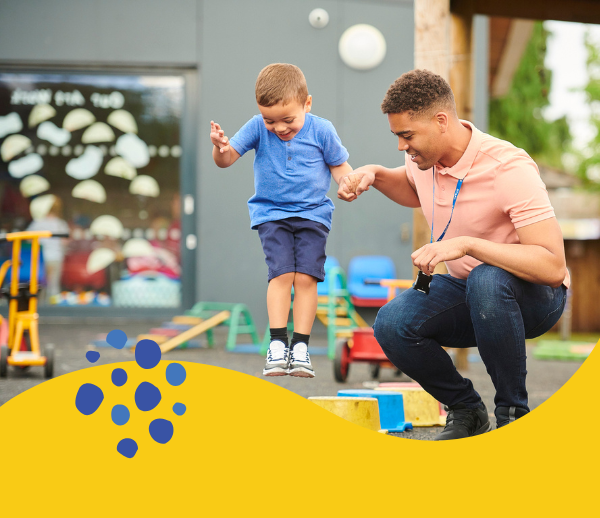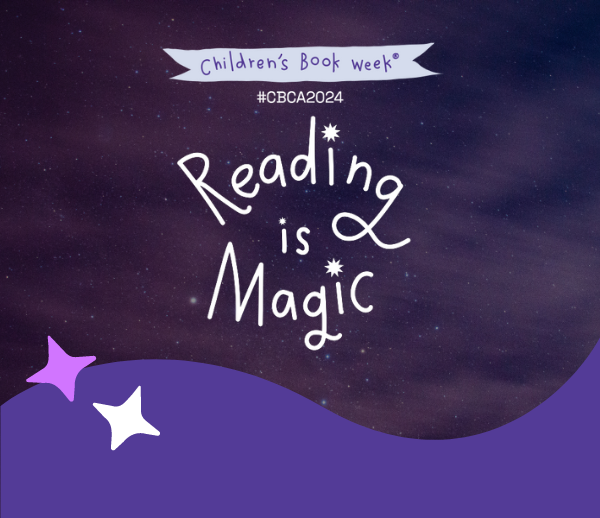Understanding Separation Anxiety – A Guide for Parents and Educators
Definition of Separation Anxiety Separation anxiety is when a child becomes distressed or upset from being apart from main caregivers. A common and normal part of child development, it can occur in early childhood as well as with older children when they experience change. As children feel more secure in their new environment or situation, symptoms…
Definition of Separation Anxiety
Separation anxiety is when a child becomes distressed or upset from being apart from main caregivers. A common and normal part of child development, it can occur in early childhood as well as with older children when they experience change. As children feel more secure in their new environment or situation, symptoms of separation anxiety should begin to settle. Often, they need extra comfort, support, and reassurance to feel safe and develop secure attachments in their new environment.
Below are some ideas that can assist in working through separation anxiety for parents and educators.
1. Show empathy and understanding
It is important to understand that the rational part of a child’s brain is not developed enough to take control of the emotional part of the brain. Therefore, we must acknowledge that what we perceive as a safe situation may not be perceived the same way by a child. Showing empathy and focusing in on what your child needs in the present moment, offering reassurance and understanding is key to feeling safe.
2. Establishing a calm routine
Planning and preparing before the separation occurs can lead to a smoother transition. For example, educators can plan for the child’s arrival with their favourite activity ready to go. Parents the night before can have clothes laid out and ready for the morning rush out the door. Anything that can be done beforehand will always assist in the moment of separation when emotions are running high.
3. Give a ‘special job’ when preparing for the day
Giving a child a ‘special job’ can assist in redirecting their focus to something meaningful and fulfilling. It could be as simple as parents assigning their child to place their drink bottle in their bag each morning. For educators, during the moments of assisting the child during separation, asking the child to re-focus by assisting with the setup of their favourite activity could also provide comfort. Parents and educators should work together to assign the child a role that is relevant to their specific areas of interest.
4. Open communication
Open communication between educators and parents is vital in promoting a feeling of safety for the child. Educators should be accessible and approachable to families who are working through separation anxiety. Parents should communicate as much as possible about the needs, wants and interests of their child. There is no such thing as over-communicating! Taking this approach will increase the opportunities for the child to be supported by educators who have a good understanding of the individual child and their specific needs.
Connecting Teams, Talent & Educators
Thank you for reading our latest blog. If you are a candidate, click to view our Permanent Jobs or explore our latest Temporary Opportunities.
If you are a client looking to find your next permanent or temporary staff member, Entrée Early Years can help. Hire or Book Early Childhood Staff today!
Reference
“Separation Anxiety at School Drop-Off: The 7 Most Effective Strategies” (URL: Separation Anxiety at School Drop-Off: The 7 Most Effective Strategies (theyarethefuture.co.uk)







